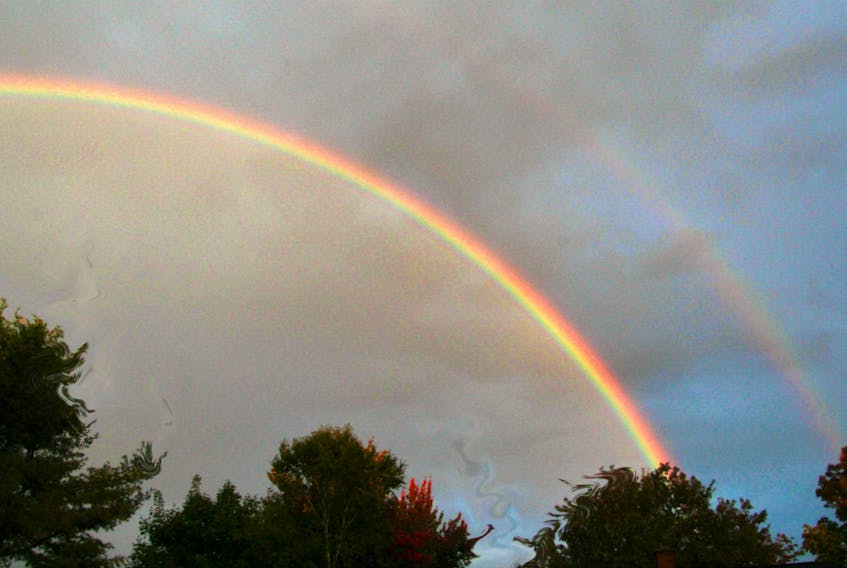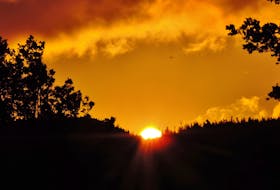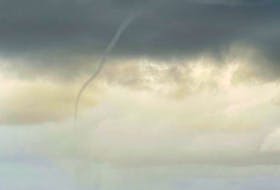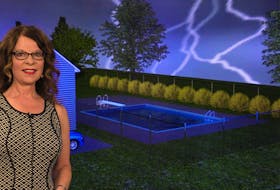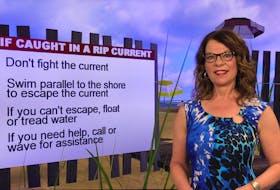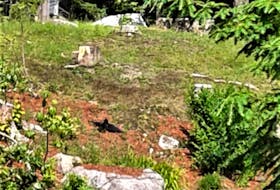The fall season is often unsettled with more showers than we might like.
I always welcome a good rain shower and never turn down the opportunity to look for a rainbow if there's some sun in the sky.
Did you know the colours of the rainbow are always in the light that’s all around us? Even though light might look white, it's made up of different waves, and each wave is a different colour, travelling at a different speed.
You can’t see the separate colours because light travels extremely quickly - 299,792 kilometres per second! If we want to see the different colours that are in the light, you have to slow it down.
Generally, light travels in a straight line. One way to slow down light is to have it pass through a clear object, like water or glass. When light hits the water, it causes the light to bend, which is called refraction. You can test the theory for yourself. Stand a pencil up in a glass of water. Does it look broken? That’s refraction!
Here’s another interesting fact about rainbows – they are all the same size.
They can appear to be different sizes because you are only seeing a portion of the rainbow.
A rainbow is a full circle, and it appears in the sky around the antisolar point or the spot in the sky that is directly opposite the sun. When the sun is above the horizon, the centre of the rainbow is below it and you're only seeing a portion of the arc.
We rarely see much more than half of a full rainbow, and that's only when the sun is very close to the horizon. That's why early morning or late afternoon rainbows appear bigger than midday rainbows. As the sun gets higher in the sky, the antisolar point gets farther below the horizon and you see less and less of the full rainbow.
Remember, if it’s sunny and raining at the same time, go outside, turn your back to the sun and the rainbow should be straight ahead. Good luck with that pot of gold!
- Want more weather information? Visit your weather page.
- Have a weather question, photo or drawing to share with Cindy Day? Email [email protected]
Cindy Day is the chief meteorologist for SaltWire Network

